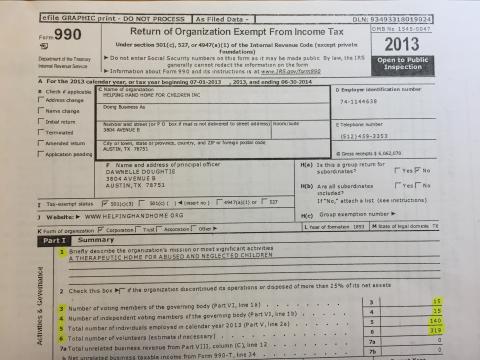Exploring the Inflated Cost of College Tuition in Recent Years
Jan 29,2024
As higher education becomes increasingly essential for career advancement, the soaring cost of college tuition has become a pressing concern for students and families alike. This article delves into the factors contributing to the inflated cost of college tuition in recent years, examining the implications for students, families, and the broader landscape of higher education.
-
Rising Operating Expenses:
- Faculty Salaries and Benefits: One factor contributing to the rising cost of college tuition is the increase in operating expenses, including faculty salaries and benefits. As universities compete to attract and retain top faculty members, the costs associated with compensation have escalated, necessitating higher tuition fees to cover these expenses.
-
Investment in Infrastructure and Facilities:
- Campus Upgrades and Amenities: Colleges and universities often invest in infrastructure upgrades and state-of-the-art facilities to enhance the student experience and remain competitive. While these investments aim to enrich the educational environment, they also contribute to the overall cost of tuition, as students bear the financial burden of these enhancements.
-
Declining State Funding:
- Shift in Funding Responsibility: Over the years, there has been a notable decline in state funding for higher education. As a result, public colleges and universities have increasingly relied on tuition revenue to offset budget shortfalls, placing additional financial strain on students and their families.
-
Administrative Bloat:
- Expansion of Administrative Roles: The growth of administrative staff and positions within colleges and universities has led to concerns about administrative bloat. The proliferation of administrative roles, coupled with lucrative salaries and benefits, has contributed to the overall increase in college tuition.
-
Economic Factors and Market Demand:
- Supply and Demand Dynamics: The laws of supply and demand also play a role in the inflated cost of college tuition. As the demand for higher education continues to rise, colleges and universities have greater leverage to increase tuition prices, knowing that many students will still enroll due to the perceived value of a college degree in today's job market.
-
Student Services and Support Programs:
- Expanding Student Services: Colleges and universities have expanded student services and support programs to address the diverse needs of students, including academic advising, career counseling, mental health services, and campus resources. While these services are essential for student success, they contribute to the overall cost of tuition.
-
Financial Aid Challenges:
- Shortfalls in Financial Aid: Despite the availability of financial aid programs, including scholarships, grants, and loans, many students still struggle to afford college tuition. The gap between financial aid and the actual cost of attendance can result in significant debt burdens for students upon graduation.
The inflated cost of college tuition in recent years has raised concerns about affordability, access, and the long-term financial impact on students and families. While colleges and universities face various pressures, including rising operating expenses, declining state funding, and market demand, addressing the affordability crisis requires a multifaceted approach. Policymakers, institutions, and stakeholders must work together to explore solutions that prioritize accessibility, equity, and affordability in higher education, ensuring that all students have the opportunity to pursue their educational goals without facing insurmountable financial barriers.






